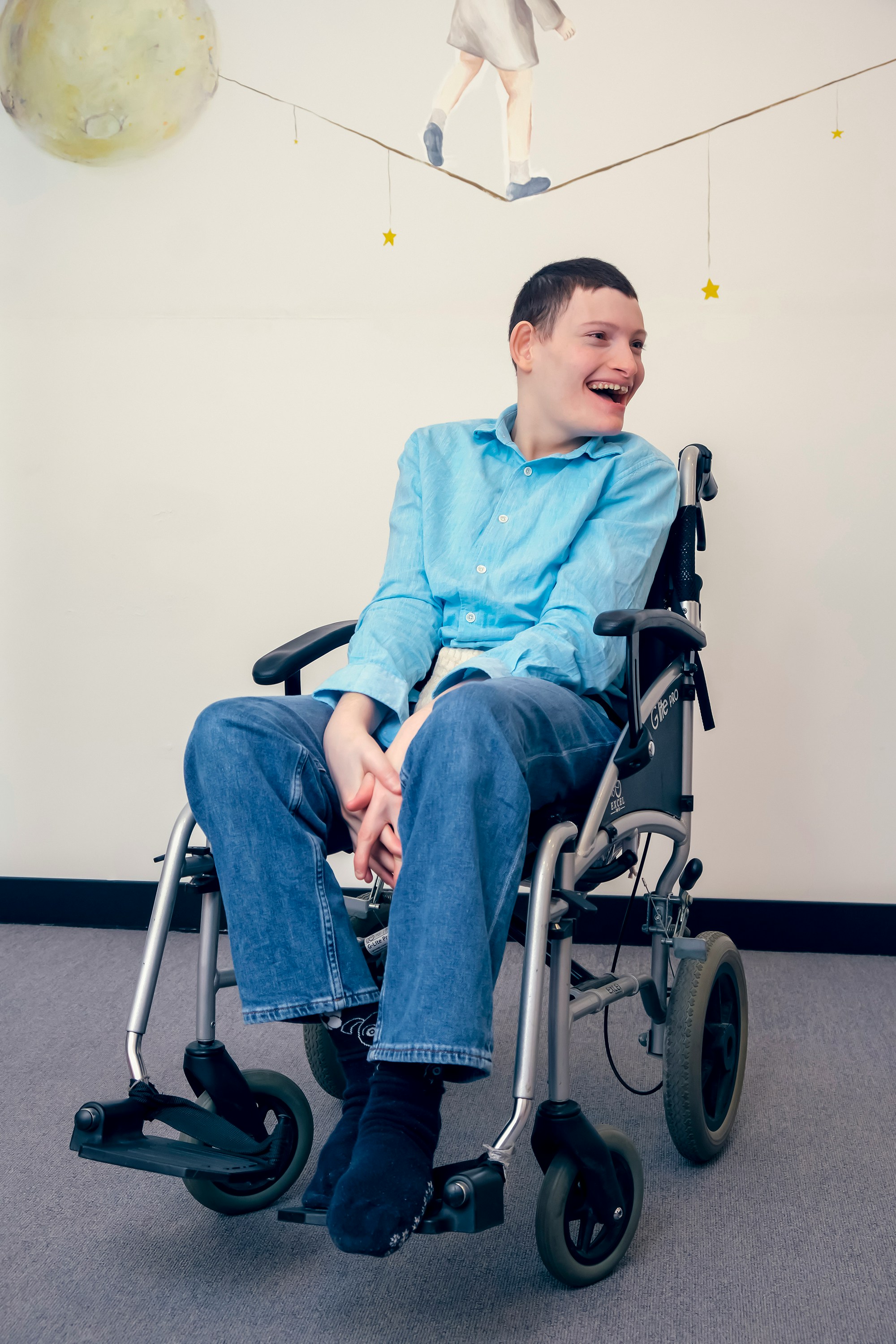
Understanding the NDIS: A Comprehensive Guide for Participants
Learn how to navigate the NDIS effectively with our comprehensive guide.
Sarah Johnson
Founder & CEO

Assistive technology is revolutionizing the way people with disabilities live, work, and participate in their communities. From sophisticated mobility devices to smart home systems, technological innovations are creating unprecedented opportunities for independence and inclusion. In this article, we explore some of the most promising assistive technology trends and how they're transforming lives.
Smart home technology has moved beyond convenience to become a powerful tool for independence:
Voice-controlled assistants like Amazon Alexa, Google Home, and Apple HomePod have become game-changers for many people with disabilities. These systems allow users to:
For people with mobility impairments, visual impairments, or dexterity challenges, voice control provides unprecedented access to home management.
Advanced environmental control systems now offer:
These technologies reduce the need for assistance with daily tasks and increase privacy and autonomy.
For people who need some oversight while living independently, new monitoring technologies provide:
These systems offer peace of mind for both individuals and their families while preserving independence.
Mobility technology continues to advance rapidly, with new developments including:
Modern wheelchairs now incorporate:
These advancements significantly expand where and how wheelchair users can navigate their environments.
Once the stuff of science fiction, exoskeletons are becoming increasingly practical:
While still evolving, exoskeleton technology offers exciting possibilities for enhanced mobility.
For people with visual impairments, navigation technology has made remarkable strides:
These tools significantly enhance independent navigation and environmental awareness.
Communication is fundamental to independence and participation, and new technologies are breaking down barriers:
AAC technology has become more sophisticated and accessible:
These advances make communication possible for people with even the most significant physical limitations.
For people who are deaf or hard of hearing, real-time solutions include:
These technologies facilitate smoother communication in educational, workplace, and social settings.
Specialized social media and communication platforms now offer:
These tools help maintain social connections, which are vital for mental health and wellbeing.
Wearable devices are becoming increasingly important in disability support:
Wearable health technology provides:
These devices support proactive health management and timely intervention.
For people with sensory impairments, wearable technology offers:
These technologies provide crucial information about the environment in accessible formats.
Practical wearables for daily living include:
These supports enhance safety while promoting independence.
AI is transforming assistive technology through:
Machine learning enables systems to:
This personalization makes assistive technology more effective and less intrusive.
AI-powered computer vision helps:
These capabilities significantly enhance environmental awareness and interaction.
AI can anticipate needs through:
This predictive capability allows for more timely and appropriate assistance.
Despite these exciting advances, barriers to access remain. At Helix Care, we support our clients to navigate these challenges through:
We help clients understand:
Our approach includes:
We recognize that technology is only effective when properly implemented:
We help our clients stay informed about:
Assistive technology is rapidly expanding the possibilities for independence, participation, and choice for people with disabilities. While no technology can eliminate all barriers, these innovations are creating new pathways to inclusion and self-determination.
At Helix Care, we're committed to helping our clients access and effectively use the technologies that best support their individual goals and needs. We believe that when the right technology is thoughtfully implemented, it can be transformative.
If you're interested in exploring how assistive technology might enhance your independence or that of someone you support, please contact us to discuss your specific situation and goals.
Founder & CEO
Sarah founded Helix Care with a vision to create a service that truly puts clients first. With over 15 years of experience in disability services, she is committed to promoting independence and inclusion for people with disabilities.

Learn how to navigate the NDIS effectively with our comprehensive guide.

Discover how community participation improves social connection and wellbeing.

Explore the latest assistive technology innovations helping people with disabilities.
Our team of experienced professionals is here to help you navigate the NDIS and access the supports you need.
Contact Us